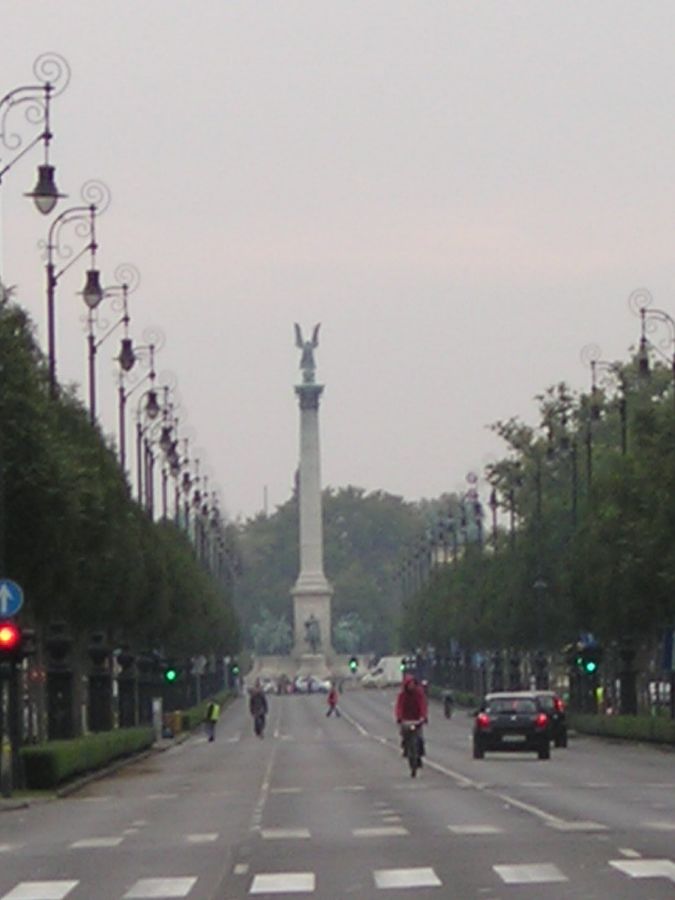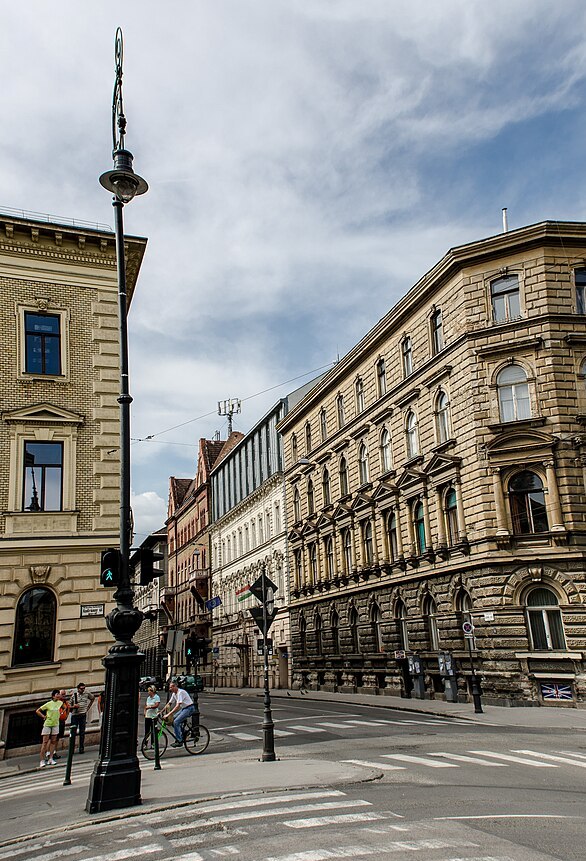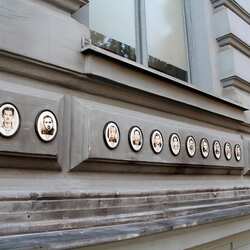Andrássy Avenue
Andrassy Avenue is considered to be another attraction of the Hungarian capital, which is worth visiting at least once in your life. In society, the avenue is called Budapest's Champs-Elysees. He was named after the Minister of Foreign Affairs of Austria-Hungary Gyula Andrassy.
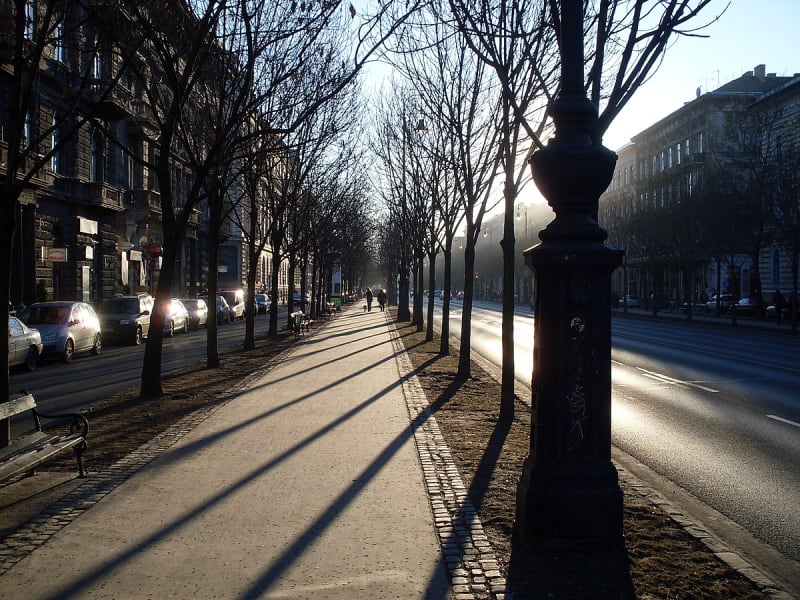
The history of Andrassy Avenue
The street was originally planned as an annex to the Royal Street, which by that time (1870) She could no longer cope with the traffic of cars, carriages, horse-drawn carriages, and pedestrians. The designer was Hungarian architect Miklos Ibl, who decided to slightly change the terms of reference and create a beautiful street.
Budapest's Champs-Elysees became the habitat of the Hungarian nobility, and in our time they have been included in the UNESCO World Heritage List. The construction of the main street began in 1872, at which time all the old buildings were demolished and new houses erected. Initially, they gave the impression of charming old buildings (a pseudo-historical style was used), and today they amaze with their charming rounded shapes, elegant window arches, turrets and other architectural beauties. By the way, the pavement of Andrassy Avenue was covered with wood to reduce the noise from the hooves of horses and wheels of passing carriages.
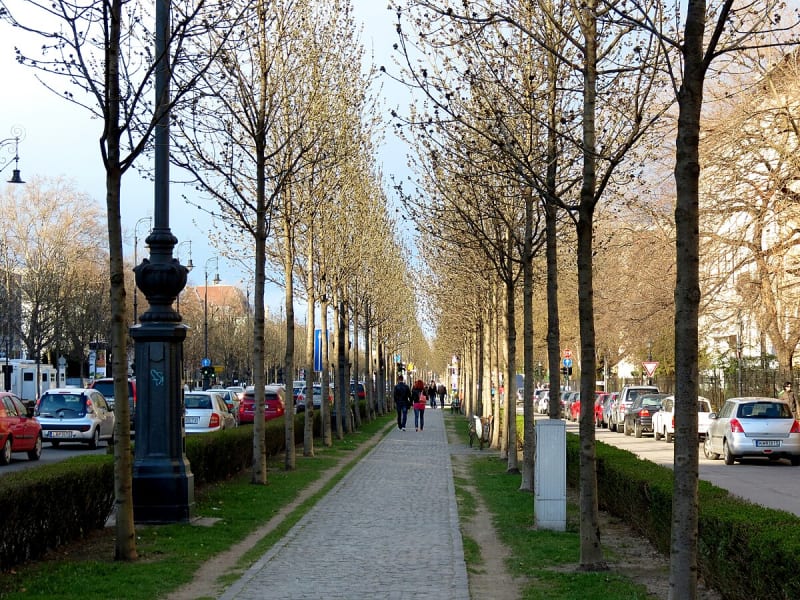
In 1876, the grand opening of the avenue took place. At the same time, the street was chosen by local fashionistas, who used it as a promenade. Throughout its existence, the street has changed several names: from the original Radial Avenue to Gyula Andrassy Street, Stalin Avenue, Hungarian Youth, People's Republic. In 1990, the name of Andrassy Avenue was returned to him and they calmed down.
What to see on Andrassy Avenue
The main street of the capital provides an opportunity to take a leisurely stroll through the center of Budapest, admire the creations of local architects, sit in numerous cafes, watching the chaotic movement of tourists and the purposeful movement of local residents.
The very first metro line of the Hungarian capital is located under Andrassy Avenue (it is also considered the first in the entire territory of continental Europe). Underground transport operates very close to the surface, so that the passage of the train is accompanied by a slight shaking of the ground underfoot.
For those who want to get to know the history of Hungary better, there is a Postal Museum that completely recreates the post office of the late 19th century with more than 20,000 exhibits (costumes, telephone and telegraph equipment, stamp sales machines and other necessary accessories in the postal business, mailboxes), the House of Terror, telling about the horrors of totalitarian rule. fascists and communists; the House of Franz Liszt, where the great composer lived, invented his beautiful melodies and even gave chamber concerts, the Museum of East Asian Art, where you can get acquainted with the culture of India, Japan, China, Vietnam, Korea.
Art lovers should visit the Opera House (in terms of acoustics, it occupies an honorable third place in all of Europe), framed inside with stucco images, gilding, ceiling and wall paintings, so that you can not only enjoy classical works, but also appreciate the rich decoration of the ancient building. However, buying tickets can be a problem: they sell out almost instantly. For tourists who are not very eager to attend the performances, there are separate excursions.
The puppet theater will be a real celebration of returning to childhood, with performances for both young and adult audiences. The charm of the street is evident in the greenery, which provides delicate shade in the hot season, and in outdoor cafes where you can sit, enjoying local pastries or a hearty lunch. Andrassy Avenue is 2.5 km long and connects Ferenc Deak Square with Heroes Square and the City Park.

